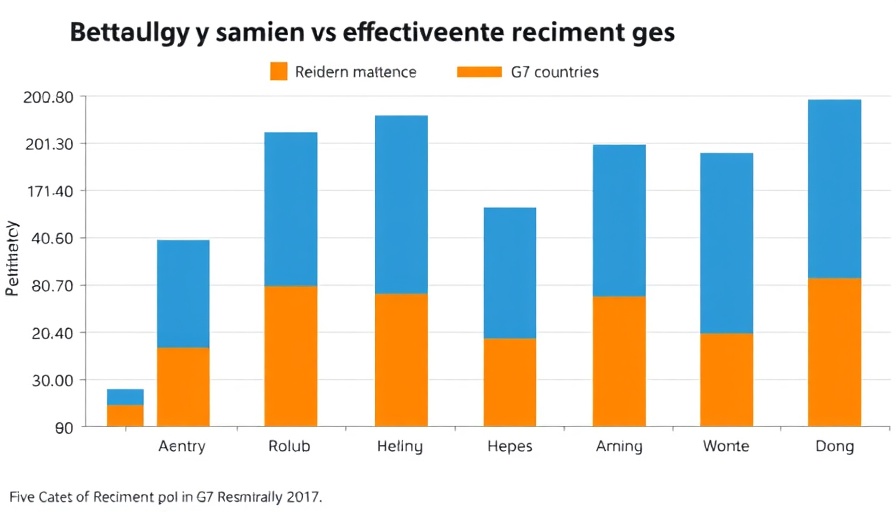
Understanding the Critical Role of Payroll Software in 2025
As payroll touches every employee each month, many organizations still rely on outdated payroll systems that are prone to errors. Upgrading payroll software is no longer a luxury but a necessity for HR leaders striving to enhance employee experiences and ensure compliance across multiple jurisdictions. With about 40% of payroll errors attributed to manual data entry, the urgency to shift from spreadsheets to modern automated solutions becomes clear.
Enhancing Payroll Accuracy to Foster Trust
In an era where employee retention strategies are paramount, accuracy in payroll is critical. Research from G2 indicates that 24% of employees might hunt for new opportunities after just one payroll mistake. By integrating payroll systems with time and attendance data, organizations can minimize risks associated with manual inputs and build a stronger foundation of trust among employees.
Navigating Compliance Challenges with Modern Solutions
For HR leaders overseeing teams across multiple states, staying compliant with shifting federal, state, and local laws can seem like an uphill battle. Modern payroll systems tackle this challenge by automatically applying necessary updates and maintaining secure audit trails. This significantly reduces the need for manual oversight, allowing HR teams to focus on workforce strategy rather than compliance issues.
Improving Employee Experience through Self-Service Portals
Modern payroll software has transformed employee experience by introducing self-service portals. These platforms enable employees to access their pay information easily, thus improving transparency and reducing the instances of frustration that can lead to disengagement. Such initiatives align with a people-first leadership approach, demonstrating a commitment to openness and respect for employees’ need for accurate information.
Conclusion: Transforming Payroll for High-Performance Culture
A strong payroll system is integral to fostering a high-performance culture within an organization. As HR leaders assess their payroll solutions, they must prioritize enhancing accuracy, compliance and employee satisfaction. In a landscape where talent management directly correlates with organizational success, adopting a forward-thinking payroll system is essential for a sustainable workforce strategy.
 Add Row
Add Row  Add
Add 




Write A Comment